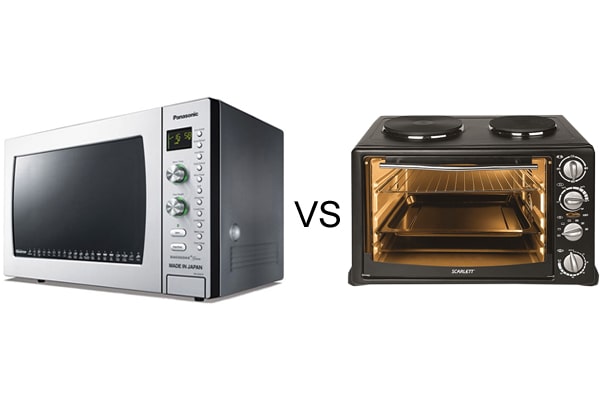Blue, a color often associated with tranquility, trust, and stability, comes in a variety of shades, each with its unique charm and significance. Among these shades, Royal Blue and Cobalt Blue stand out, both admired for their vibrant hues. Despite their similarities, these two colors have distinct characteristics that set them apart. This guide aims to explore the differences between Royal Blue and Cobalt Blue, offering a comprehensive comparison to help you appreciate and differentiate these beautiful shades of blue.
Understanding Royal Blue
- History and Origin: Royal Blue has a rich history dating back to the early 19th century. The color was created in England during a competition to design a dress for Queen Charlotte, the wife of King George III. The winning design featured a vibrant and deep blue that came to be known as Royal Blue. Over time, this color became associated with the British monarchy and is prominently featured in the Union Jack, the national flag of the United Kingdom.
- Appearance: Royal Blue is characterized by its deep, vivid, and strong blue hue. It often contains undertones of purple and red, which contribute to its high intensity and brightness. This shade is more vibrant and striking compared to other blues, making it a popular choice in fashion and design.
- Symbolism: Royal Blue symbolizes royalty, elegance, and superiority. It is also associated with trust, loyalty, and confidence. Due to these associations, Royal Blue is frequently used in official uniforms, branding, and interior design to convey a sense of authority and reliability.
- Uses: Royal Blue is versatile and blends well with many colors. It is commonly used in fashion, especially in formal attire and uniforms. It is also a popular choice for branding and logos, as well as in-home décor to create a bold and sophisticated ambiance.
Understanding Cobalt Blue
- History and Origin: Cobalt Blue dates back to the 18th century and derives its name from the metal cobalt. When cobalt salts are combined with aluminum oxide, they produce a medium-bright blue pigment known as Cobalt Blue. This pigment has been used extensively in ceramics, glassware, and painting due to its vibrant and stable color.
- Appearance: Cobalt Blue is a medium-intensity blue that is lighter than Royal Blue but deeper than sky blue. It is known for its bright, cool, and calm appearance. Unlike Royal Blue, which has purplish and reddish undertones, Cobalt Blue has a more consistent and pure blue hue.
- Symbolism: Cobalt Blue symbolizes tranquility, reliability, and protection. It is often perceived as a soothing color, making it a popular choice in art and interior design. The color’s rich and cool tone also conveys a sense of stability and strength.
- Uses: Cobalt Blue is widely used in the production of ceramics, glassware, and jewelry. It is also a favorite in the automotive industry for painting cars and in the design of modern interiors. Cobalt Blue’s calm and rich appearance makes it suitable for creating serene and elegant spaces.
Comparing Royal Blue and Cobalt Blue
1. Intensity and Brightness:
- Royal Blue: High intensity and brightness with undertones of red and purple, making it more vivid and striking.
- Cobalt Blue: Medium intensity with a pure blue tone, offering a calmer and more soothing appearance.
2. Historical Significance:
- Royal Blue: Associated with British royalty and history, used in the Union Jack and various royal attires.
- Cobalt Blue: Named after the metal cobalt, historically used in ceramics and art.
3. Symbolism:
- Royal Blue: Represents royalty, elegance, trust, and confidence.
- Cobalt Blue: Symbolizes tranquility, reliability, and protection.
4. Uses and Applications:
- Royal Blue: Popular in fashion, official uniforms, branding, and home décor.
- Cobalt Blue: Widely used in ceramics, glassware, automotive paint, and modern interior design.
5. Compatibility with Other Colors:
- Royal Blue: Pairs well with pink, white, yellow, teal, purple, red, and gold.
- Cobalt Blue: Blends effectively with maroon, orange, camel, green, black, and white.
6. Health and Safety:
- Royal Blue: Non-toxic and safe for use in various applications.
- Cobalt Blue: Can be toxic when inhaled or ingested in its powdered form, requiring careful handling.
Choosing the Right Shade for Your Needs
When deciding between Royal Blue and Cobalt Blue, consider the ambiance and message you want to convey. If you seek a bold, elegant, and authoritative look, Royal Blue is the ideal choice. Its vibrant intensity and historical significance make it perfect for formal and high-impact designs. On the other hand, if you desire a calming, reliable, and modern aesthetic, Cobalt Blue is more suitable. Its soothing tone and versatility in modern applications make it a great choice for contemporary designs and serene environments.
Both Royal Blue and Cobalt Blue offer unique qualities that can enhance various aspects of design, art, and fashion. Understanding their differences helps in making informed choices that align with your specific needs and preferences.
Final Thoughts
Royal Blue and Cobalt Blue are both captivating shades that bring their distinct flair to any application. While they share the commonality of being striking versions of blue, their differences in intensity, symbolism, and uses set them apart. By understanding these differences, you can better appreciate each color and make the best choice for your next project, whether it’s in fashion, design, or art. Embrace the beauty of blue and let these vibrant hues inspire your creativity





